Overview
The T-M135 Air Rocket Artillery DIY Learning Kit is a hands-on STEM resource that lets students assemble a classroom-safe air-powered rocket launcher and launch soft foam rockets using a hand pump. The kit provides a vivid, safe demonstration of pneumatics, pressure, projectile motion, and basic aerodynamics while encouraging hypothesis testing and measurement.
Key Features
- Learn projectile motion and Newtonian mechanics through live launches
- Hands-on pneumatics: explore air pressure as a mechanical power source
- Adjustable launch parameters: change pressure and angle to test outcomes
- Classroom-ready safety: low-pressure operation and soft foam projectiles
- Quick assembly: pre-cut parts and simple fittings; no soldering required
- Includes experiment worksheets to guide measurement, data collection, and iterative improvement
What is Included
- Launcher base and stand components
- Launch tube and adjustable angle bracket
- Hand-operated air pump with connector hose
- Pressure reservoir or air chamber (student-safe design)
- 6 × soft foam rockets with stabilizing fins
- Valves, connectors, and tubing
- Safety goggles (1 pair)
- Instruction manual with safety guidelines and experiment worksheets
Specifications
- Model: T-M135
- Material: ABS plastic, foam rockets, rubber tubing, metal fasteners
- Power Supply: Manual hand pump (no batteries required)
- Launch Pressure: Low-pressure, classroom-safe range (pump-dependent)
- Assembly Time: 25 to 40 minutes
- Skill Level: Beginner to Intermediate
- Learning Focus: Pneumatics, Newtonian mechanics, aerodynamics, experimental method
STEM Learning Activities and Experiments
Use the T-M135 kit to create structured lessons, lab exercises, and science fair projects. Suggested activities include:
- Varying launch pressure to measure its effect on range and speed
- Changing launch angle to map projectile trajectories and calculate optimal angle for distance
- Testing how rocket mass and nozzle shape affect stability and flight distance
- Recording repeated trials to teach statistical analysis, averages, and error margins
Assembly and Classroom Tips
- Plan 30 to 40 minutes for first-time assembly; follow the instruction manual step-by-step
- Assign roles: assembly, pumping, measuring, and safety monitoring to encourage teamwork
- Use outdoor spaces or gymnasiums for launches and establish a clear landing zone
- Document each trial with photos, distance measurements, and notes for reports or science fair posters
Safety and Supervision
The kit is designed for safe classroom use with low-pressure operation and soft foam rockets. Always follow the included safety guidelines, wear the supplied safety goggles during launches, and supervise students during experiments. Do not modify the pressure reservoir or attempt to use non-recommended pumps or projectiles.
Ideal Uses
- Physics and engineering lessons covering forces, energy transfer, and aerodynamics
- Science fair projects and demonstration experiments
- After-school STEM clubs and hands-on maker activities
Note
Images are for illustration purposes only.

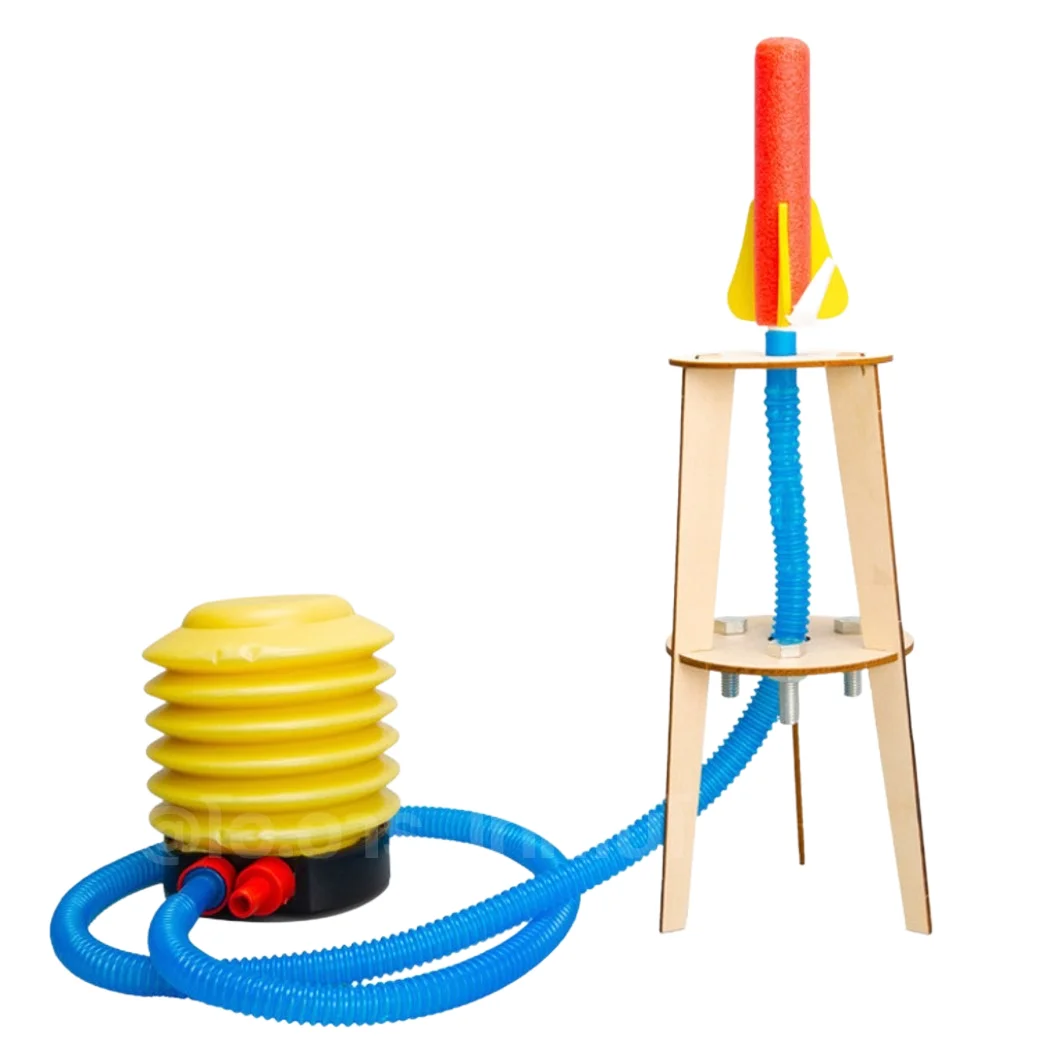

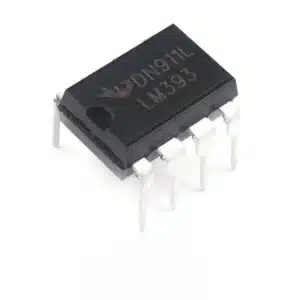
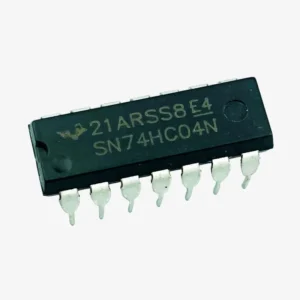
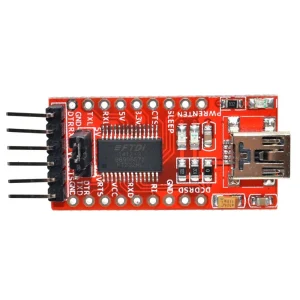
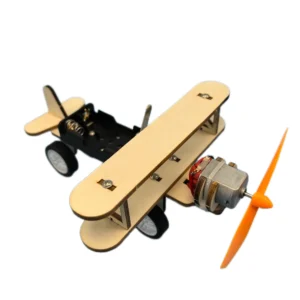
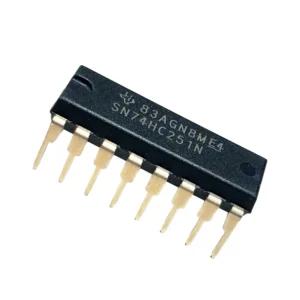
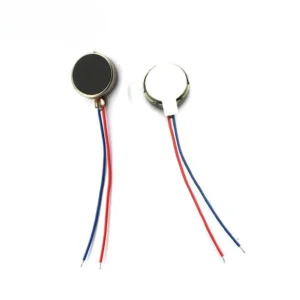
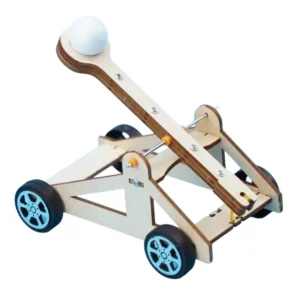
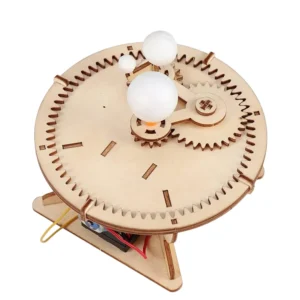
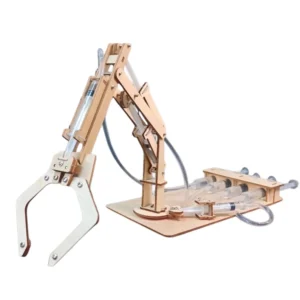
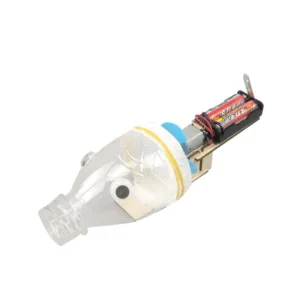

Reviews
There are no reviews yet